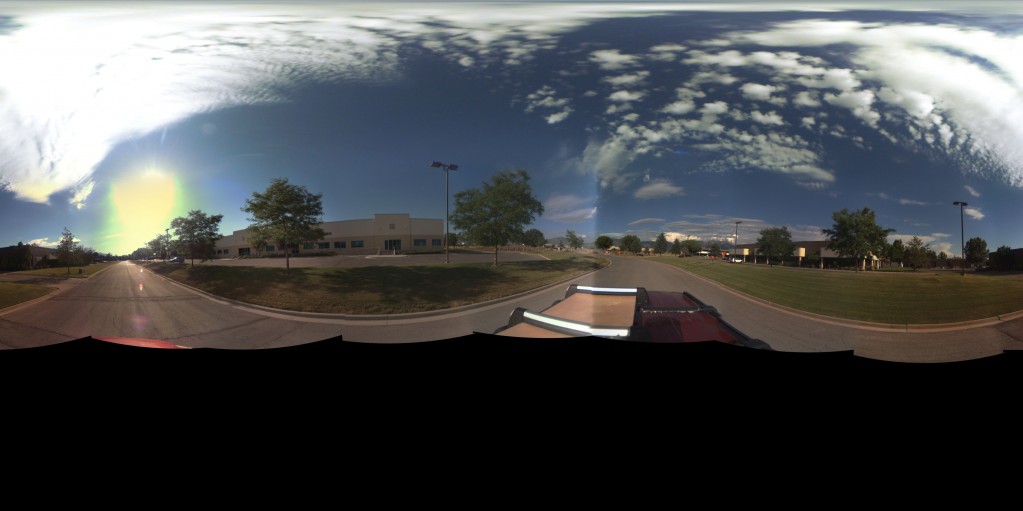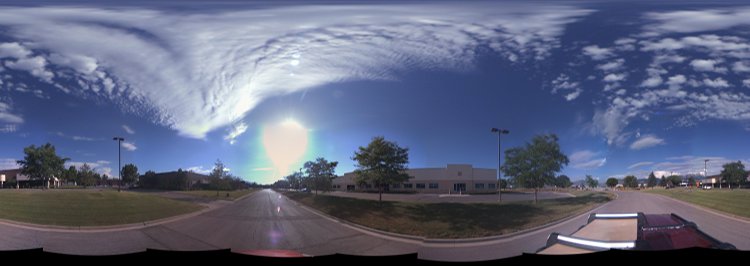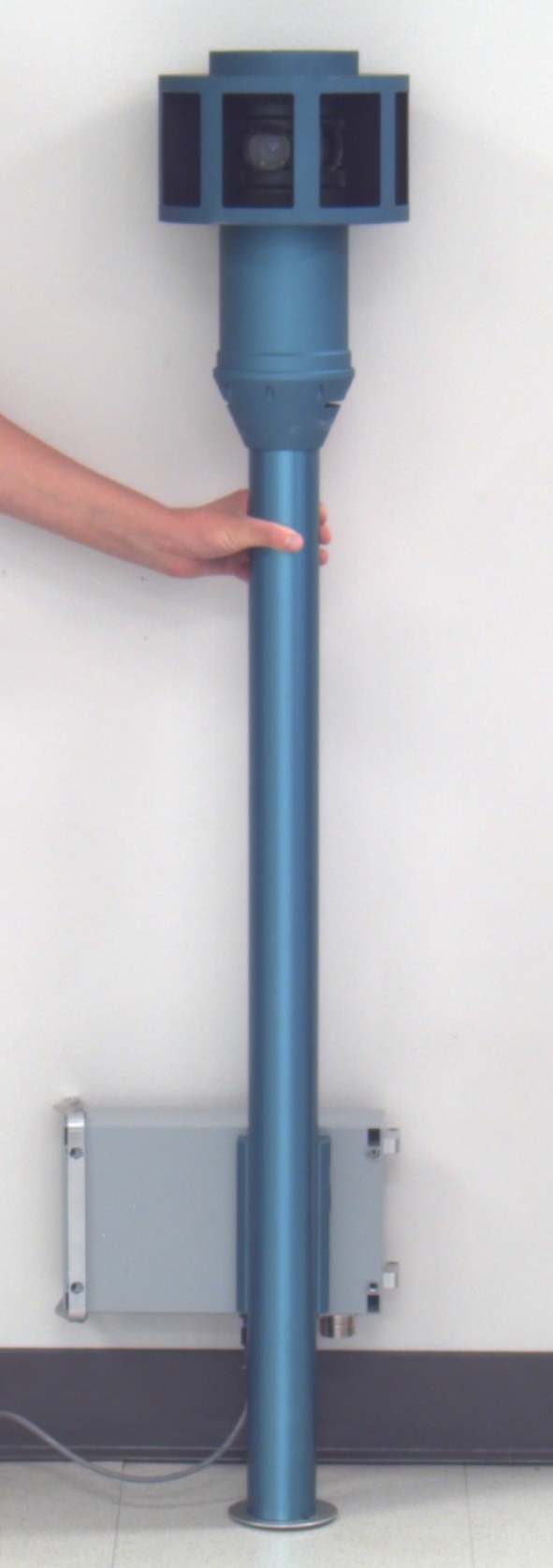by Stefan de Konink
A short update from the stitching team.
Jan Martin from diy-streetview.org gave his shot on the demo content in Hugin. This resulted in the following beautiful stitch.

Bruno Postle also send us his attempt on the new footage.

Wim Koornneef (dmmdh productions) created an online, interactive, panorama view.
by paulo
There is ongoing interest on Elphel’s JP4 mode. JP4 color mode enables client demosaicing and near RAW quality with lower file size. There are a few JP4 modes available, but only a couple could be used directly using standard software, most modes needs specialized software. Currently, elphel_dng works for still images on JP4 and JP46 modes.
(more…)
by Stefan de Konink
With the first Eyesis content available I started to prototype the panoramic workflow. We would like to have a reference design to be available in such way that a camera can be used without custom development. For practical reasons I have started with the relative low-quality JPEG output. Like for all current Elphel camera’s JPEG, JP4 and JP46 modes exist. For framerate and quality the JP4 mode will be the optimal sweetspot, it gives a theoretical maximum of 5.31 fps (panorama), with host side debayer.
(more…)
by Olga Filippova

Elphel-Eyesis 1
On July 8, we have the first panoramic camera completely assembled and ready for the test ride. The total height is 1300 mm [4′ 3″]; it weighs 10 kg or about 22 lbs . The power consumption is 36W when camera is in operation, measured at the AC (110/220VAC) input. Camera head has eight 5 Mpix Color sensors around and one pointing up, with the full resolution of ~38 MPix (45 MPix before stitching). The data storage box (also waterproof) – at the bottom of the leg contains 3 swappable 2.5″ hard drives 500 GB each, which is enough to record up to 12 hours of images taken at 5 fps (max frame rate) at full resolution. Each image is geotagged via external GPS unit attached through the sealed USB connector.
The 8 high-resolution lenses are arranged very compact (distance between entrance pupils is 29.5mm), which allows for very small parallax. The high-res Fish-eye lens is pointed to the sky.
Camera head is 210mm [8.3″] in diameter , is waterproof, contains 3 Elphel 10353 processor boards and 3 Elphel 10369 extension boards, which provide IDE, SATA, USB, RS232, and other interfaces (only SATA, USB and sync I/Os are used in Eyesis configuration). Nine sensor boards (10338D) are connected through the three 10359A multiplexer boards that provide temporary storage for the images – all 3 sensors attached to the same 10359A board are triggered simultaneously, but data is transferred to the system boards one at a time. (more…)


